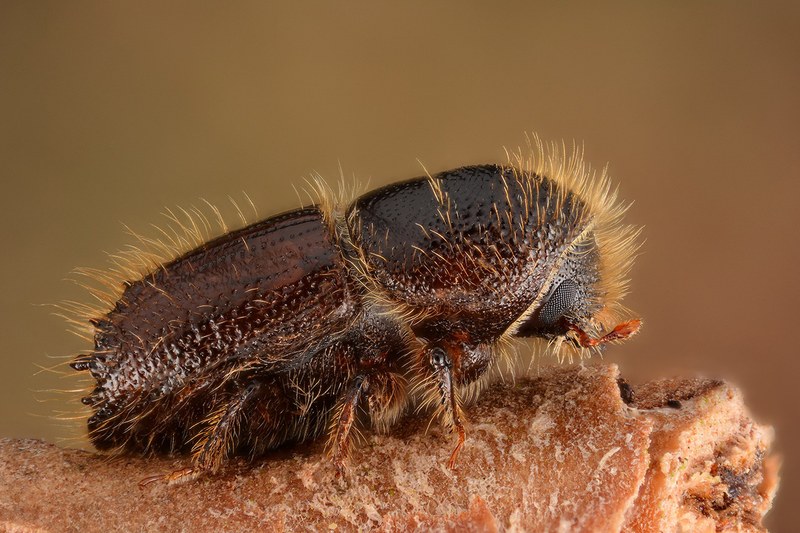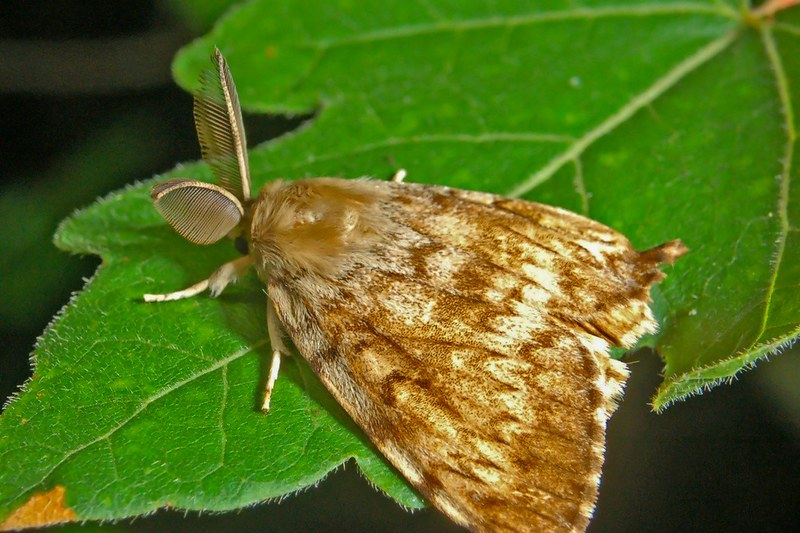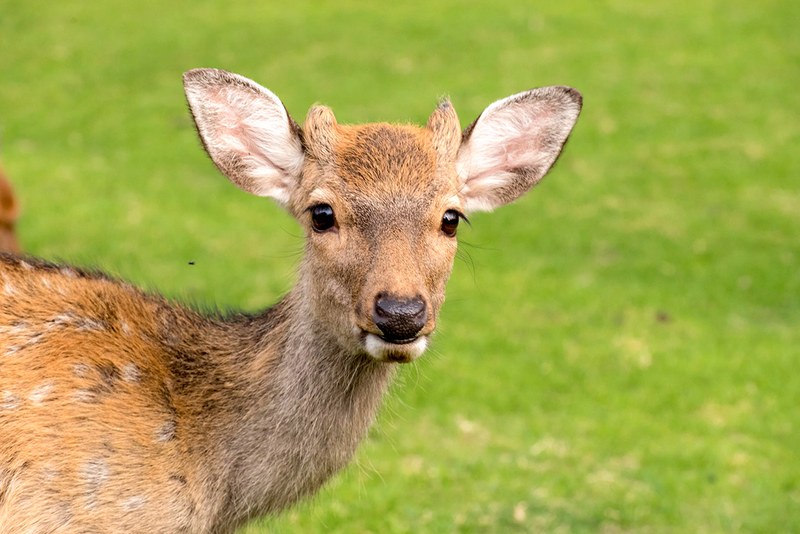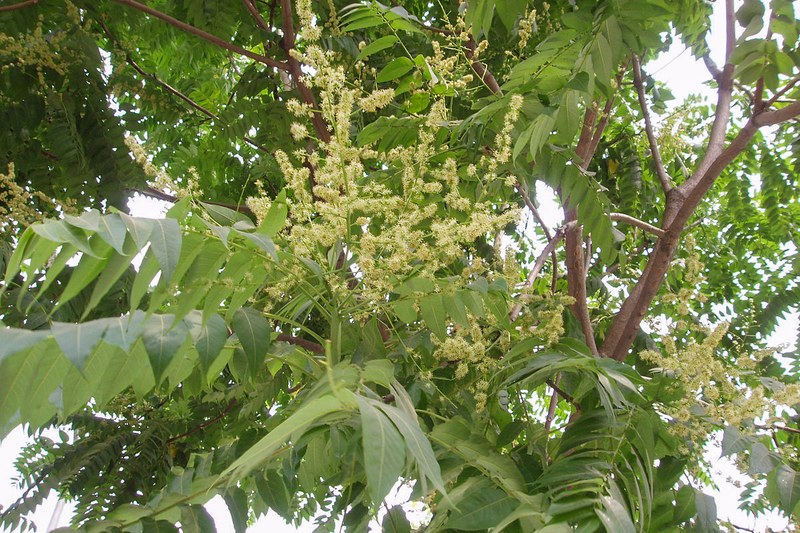All official European Union website addresses are in the europa.eu domain.
See all EU institutions and bodiesForest ecosystems are vulnerable to natural and human-made pressures, such as extreme weather events, disturbances, pests and diseases, or fire. These are forest threats that may cause landscape-wide changes. Disturbances are discrete events or processes that disrupt the normal functioning of an ecosystem, leading to a change in its state. Different types of agents have damaged Europe forests over the years. Generally wind, wildfires and bark beetles have been predominant causes, but a combination of heatwaves and drought has also led to a significant increase in tree mortality in recent years. Abiotic agents are non-living elements, such as wind and temperature, that influence the forest ecosystem.
Main causes of forest disturbance and damages are abiotic factors, insects and diseases
Large areas of European forest are affected by insect damage
Large areas of European forest are affected by diseases
European forests are affected by severe weather events every year
Insect defoliators and drought are the most frequently reported drivers of tree condition
The occurrence of damaging agents differs between tree species
Pollution
Pollution is a significant pressure on European forests, and can damage forest ecosystems through acidification and eutrophication processes. In eutrophication, excessive nitrogen deposition impacts the whole forest ecosystem as it can alter soil chemistry and nutrient availability, which may impact the health and composition of forest vegetation. Sulphur dioxide is an acidifying pollutant, which can damage foliage and hinder the vegetation photosynthesis processes. It also has an important impact on forest soils as it can alter soil pH levels, disturbing nutrient cycling processes and causing the leaching of important nutrients from the soil. Although nitrogen and sulphur deposition has significantly decreased in many parts of Europe, it still poses a risk to many forest stands.
Deforestation
Deforestation generally refers to the removal of forest cover, resulting in a change in land use. If forest land is converted to non-forest uses, such as agriculture, urban development or infrastructure projects, it is considered deforestation. In Europe, the main cause for deforestation is urbanisation, infrastructure development and mining operations.
Sweden was the country with the highest deforestation rate from 2000 to 2020
Drought
Drought pressure in European forests has intensified in recent years, leading to increased tree mortality, reduced biodiversity and heightened vulnerability to pests and diseases.
In the last years large areas of forest have been impacted by droughts
Forest fires
Forest losses due to fires have increased in recent years. The number of fires has more than doubled (approximately a 210% increase) for the years 2016–2018, compared with the number of fires from 2004–2015. Several large fires affected several European countries in 2017 and 2018, both years with record droughts and heatwaves. In 2020 and 2021, the number of forest fires was many times higher than the long-term average. There is great variability between years in the amount of burned area, but the most recent years have been extreme. Since the Copernicus’ European Forest Fire Information System (EFFIS) records began, 2017 has been the worst and 2022 the second worst wildfire season in the EU, in terms of damaged area.
The amount of forest area burned in 2020 varied significantly between countries
More severe fires and expansion of the fire-prone area are projected in most regions of Europe as shown in the two scenarios below. The maps show the fire risk expressed as change in fire weather index (%) in 2071-2100 compared to the present climate.
Overall weather-driven forest fire danger in two climate change scenarios (2°C and 4-6°C global warming)
European Forest Fire Information System (EFFIS) became operational in 2000 and monitors the fire activity in the EU. Current fires can be viewed with the EFFIS current situations viewer.
Invasive native species
Many native species can cause large-scale forest disturbances. These species have been part of forest ecosystems for millions of years, but due to current forest practices (e.g. many evenly aged stands), climate change, and other pressures, these species can become a threat.
Examples of native species causing large scale disturbances in European forests.

European spruce bark beetle (Ips typographus)
European spruce bark beetle is one of the most serious and destructive pests of spruce in its native range of Asia and Europe. It is common throughout the entire natural range of Norway spruce in Europe and also occurs in plantations in Western Europe, outside the natural range of the host. In recent years, large outbreaks have occurred in Czech Republic, Germany, Poland, Slovakia and Sweden. Climate change may facilitate the spread of this pest as it benefits from the longer growing seasons, hot and dry summers that weaken its host Norway spruce as well as storms that damage the trees producing ideal breeding habitats.

Gypsy moth (Lymantria dispar)
Gypsy moth is a significant defoliator of a wide range of broadleaf and even conifer trees. While low population levels can exist for many years without causing significant damage, severe outbreaks can occur resulting in severe defoliation, growth loss, dieback and sometimes tree mortality. This moth is considered a significant pest in both its native and introduced ranges.

Deer (Cervidae)
Deer can significantly hinder forest regeneration. Roe deer, red deer, fallow deer and elk can hinder the regeneration of some tree species as they browse on the tree saplings. For example, in Scandinavia, elk limit the regeneration of broadleaved trees and Scots pine. In Central and Estern Europe red and roe deer are the main herbivores. For example, the regeneration of the silver fir has been low for years due to heavy browsing pressure.
Invasive alien species
Invasive alien species are non-native plants, animals, pathogens and other species that may cause harm to the native biodiversity and ecosystems of Europe. For example, pine-wood nematode has caused the mortality of pine trees in large parts of Portugal and Spain, leading to a ban on the trade of timber from these regions to others to prevent the spread of the pest. Invasive species introductions in Europe have been increasing across all taxonomic groups for more than a century and show no signs of slowing. (For more look at the Invasive Alien Species (IAS) portal.)
Terrestrial plants are the most common alien species, representing nearly half of all species present in Europe (6,368 species), followed by terrestrial animals (4,682 species). In 13% of the European forest areas dominated by introduced tree species, these species have become invasive with impacts on forest conservation.
Examples of invasive alien species of concern to European forests.

Racoon dog (Nyctereutes procyonoides)
- The Racoon dog is native to Eastern Asia and wild populations are currently established in 14 Member States
- Successful carnivore with high reproductive capacity and adaptive behaviour is a threat to biodiversity since it is a generalist that feeds on many native species like rodents, reptiles, waterfowl, and insects.
- Vector of rabies, ticks, worms, and other parasites which are a threat to native wildlife and humans
- The EU plan of action includes eradication of new populations and ban on keeping or selling this species

Grey squirrel (Sciurus carolinensis)
- Native to North America
- Introduced in Italy, Ireland and UK
- Main threat of the red squirrel due to its competitive nature and preference for urban areas.
- Causes significant ecological and economic damage through habitat stripping

Tree of heaven (Ailanthus altissima)
- Native to China
- Introduced and abundand across the Mediterranean region.
- The Tree of heaven grows in warm climates and is resistant to drought and air pollution. It spread rapidly to fragmented landscapes.

Kudzu vine (Pueraria lobata)
- Native to Asia
- So far it has been introduced only in Italy and Switzerland
- Difficult to manage if established. It can affect structures and recreational facilities, overgrow native forest species and negatively impact crop production.
- There is a ban on sales, and planting and eradication off new populations is advised to reduce damage if growth continues
Intensity of pressure from invasive alien species across Europe's forests
Invasive alien tree species tend to spread and conquer local ecosystems and reduce biodiversity by outcompeting other vegetation and changing the food chain.
Climate change
Climate change has significant impacts on forests, leading to increased stress, tree mortality, and shifts in species composition. Higher temperatures, altered precipitation patterns, and prolonged droughts make forests more vulnerable to pests, diseases and wildfires, while also reducing growth and productivity. The frequency and intensity of disturbances like storms and insect outbreaks is also rising due to climate change, which disrupts ecosystems and hampers forest regeneration. Forests themselves also play a crucial role in climate regulation by absorbing carbon dioxide and storing carbon, helping to mitigate climate change. See the climate page for more information and details about forests and climate.
Forest types and land cover are shifting due to climate change, with many regions experiencing alterations driven by seasonal variations in temperature, precipitation patterns, and shifts in species’ natural ranges. Forest landcover changes can be a result of climate change events or changes in temperature/precipitation, but could also be due to deforestation, or other human activities.
